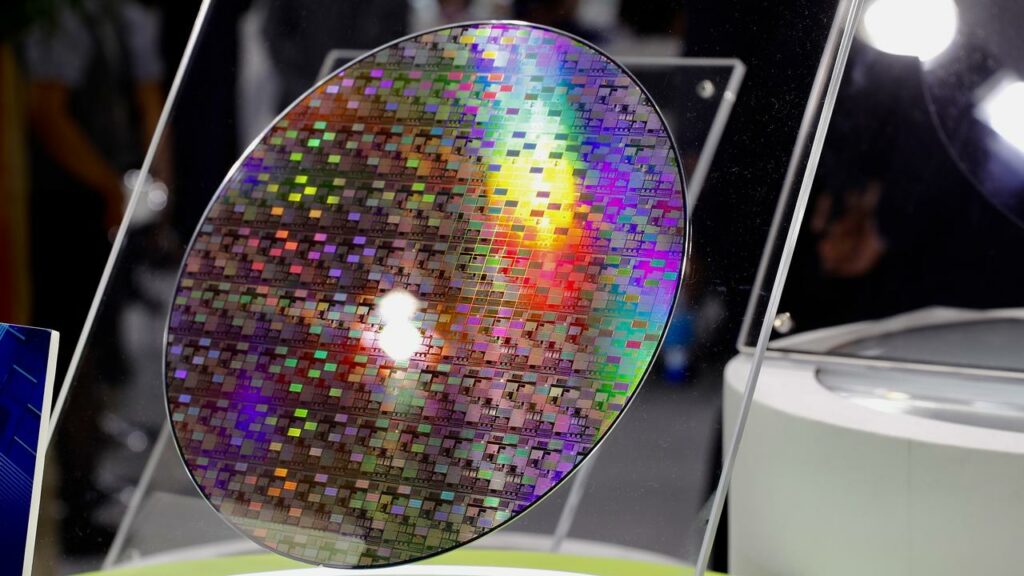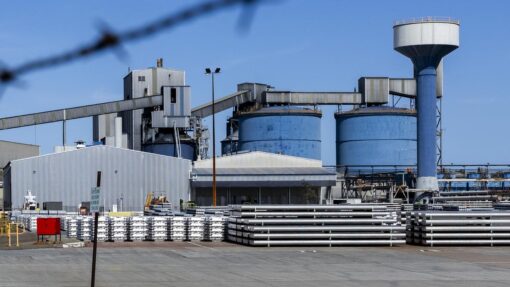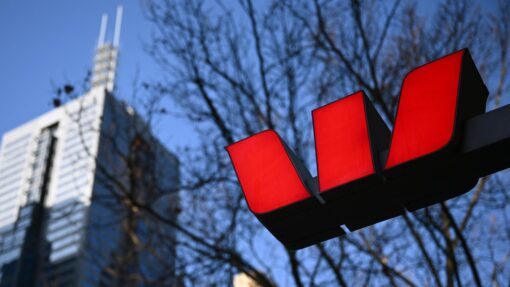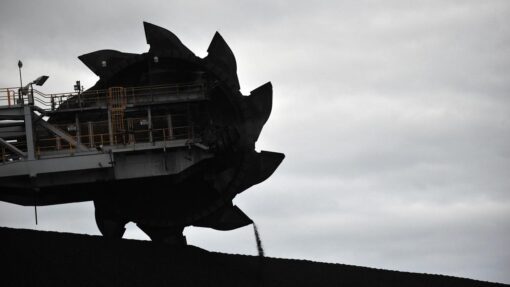Action plan to create solar cell security
Marion Rae |

Silicon may be the world’s most abundant mineral but high-purity silica sand is required for solar panels, computer screens and mobile phones.
CSIRO’s Australian Silicon Action Plan released on Friday urges Australia to develop a domestic solar supply chain as part of the push to become a renewable energy superpower.
The action plan commissioned from PwC Australia sets out critical steps for energy security as Australia and key trading partners look to reduce their dependence on China.
Australia could develop a fully integrated silicon and solar cell supply chain, from mining through to manufacturing and recycling under the plan.
“Australia has enormous potential when it comes to supplying solar power for its own and also the region’s energy needs,” leading scientist Chris Vernon said.
“But our current reliance on concentrated silicon and solar cell supply chains poses risks to Australia’s energy independence.”
Global solar power generation capacity must increase more than 14-fold by 2050 to stay on track for net-zero emissions, according to the International Renewable Energy Agency.
To keep pace with these solar forecasts, annual global production of silicon and its purified form – polysilicon – must surge.
About 70 per cent of silicon is produced in China and the country dominates the production of polysilicon.
The conversion of polysilicon to solar cells is even more concentrated, with China enjoying a stranglehold on all stages of production.
Industry and Science Minister Ed Husic welcomed the report on how Australia could develop from mining and processing through to the manufacture and export of photo voltaic solar panels.
“The report highlights the part silicon plays in new technologies such as solar cells, semiconductor chips, optical fibres, aluminium alloys and its potential for use in batteries,” he said.
“As I’ve said previously, if we mine it here, we should make it here.”
According to the report, increasing production in Australia is the first step for a sovereign solar cell supply chain.
Australia is again the lucky country with silica sand projects up and running or in exploration and development.
In March, silicon and high-purity alumina were added to Australia’s list of strategic critical minerals by the former federal government.
Metallica Minerals’ Cape Flattery project with Japan’s Mitsui in far north Queensland ships silica sand worldwide and Diatreme Resources has a Galalar silica sand project in the region.
Western Australia is in demand for prospective high-grade silica, including Australian Silica Quartz’s projects near Albany, Esperance and Gingin and emerging producer VRX Silica’s Muchea and Arrowsmith silica sand projects.
But the crucial next step is to identify potential locations for new smelting facilities and integrate renewable power into smelting processes, with more research funding for new processes and technologies.
Next on the horizon comes more complex manufacturing of components for solar cells and then a fully-fledged low-carbon supply chain.
The Australian Nuclear Science and Technology Organisation is already one of the world’s leading providers of irradiation for silicon ingots, which makes it more conductive of electricity.
Irradiated silicon from ANSTO is used in electronic components of hybrid and electric cars, fast trains, solar and wind farms, power grid infrastructure and industrial automation.
The new National Reconstruction Fund will help to support new industries and advanced manufacturing, including value-adding in resources and for renewable energy and low-emission industrial technologies.
The fund will invest across in seven priority areas of the economy, including ensuring a greater share of raw materials extracted are processed domestically.
To upgrade Australia’s “dig it and ship it” economy, the Albanese government has set aside $1 billion of the fund to support this priority area.
AAP


